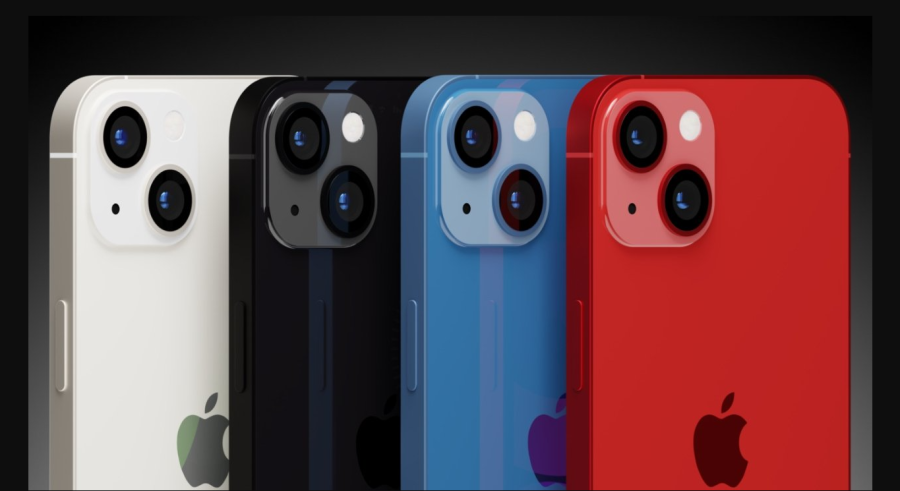The iPhone 14 is Here: Everything You Need To Know
October 27, 2022
Last month, Apple introduced the iPhone 14 as well as the iPhone 14 Plus. It will be featured in two sizes—6.1 inches and 6.7 inches—in a sophisticated design with impressive camera upgrades as well as new safety features. The new safety features include Crash Detection and Emergency SOS via satellite, which is a first in the industry. The new iPhone also comes with amazing battery life, durability features that are leading the industry, and faster 5G, making it more advanced than ever before. The iPhone will be available in midnight, blue, starlight, purple, and red. Pre-orders begin Sep 9, 2022, while availability for the iPhone 14 begins Sep 16, 2022, and availability for the iPhone 14 Plus begins Oct 7, 2022.
Greg Joswaik, Apple’s senior vice president of Worldwide Marketing, said: “Our customers rely on their phone every day, and iPhone 14 and iPhone 14 Plus introduce groundbreaking new technologies and important safety capabilities. With the new, larger 6.7 inch display on iPhone 14 Plus, users can enjoy more content on screen when browsing the web and even more text. Both phones have a powerful new Main camera with a huge leap in low-light performance, advanced connectivity capabilities with 5G and eSIM, and the incredible performance of A15 Bionic, which helps enable even better battery life. All of this, tightly integrated iOS 16, makes the iPhone more essential than ever.”
iPhone and iPhone 14 Plus have a durable aerospace grade- aluminum design in five finishes. The 6.7-inch size of the iPhone 14 Plus has the best battery life of any iPhone ever. Both models have an updated internal design for better thermal performance, gorgeous Super Retina XDR displays with OLED that supports 1,200 nits of peak HDR brightness, a 2,000,000:1 contrast ratio, and Dolby Vision iPhone 14 and iPhone 14 Plus also features the durable Ceramic Shield front cover, which is exclusive to iPhone and tougher than any other smartphone glass, and they also collect from spills and accidents with water and dust resistance.
Last but not least, the iPhone 14 lineup introduces new safety features that can provide emergency assistance if you ever need it. With a new dual-core accelerometer capable of detecting G- force measurements of up to 256Gs and a new high dynamic range gyroscope, Crash Detection on iPhone can now detect a bad car crash and call emergency services by itself when a user is unconscious or unable to reach their iPhone. These features build on existing components, like the barometer, which can now detect things like cabin pressure changes, the GPS for additional input for speed changes, and the microphone, which can now recognize loud noises characterized by bad car crashes. Advanced Apple-designed motion algorithms trained with over a million hours of real-world driving and crash record data provide even better accuracy.
The iPhone 14 also introduces Emergency SOS via satellite, which combines custom components, deeply integrated with software to allow antennas to connect directly to a satellite, enabling messaging with the emergency services when outside of cellular or Wi-Fi coverage. Satellites are moving targets with low bandwidth, and it can take minutes for messages to get through. Since every second counts when in an emergency, with Emergency SOS via satellite, the iPhone front-loads a few vital questions to assess the user’s situation and shows them where to point their phone to connect to a satellite. The initial questionnaire and follow-up messages are then relayed to centers staffed by Apple-trained specialists who can call for help on behalf of the user. This new technology, which is a breakthrough, also allows users to manually share their location over satellite with the Find Me app when there is no cellular or Wi-Fi connection. It will be available to users in the US and Canada in November, and the service will be free for two years.









